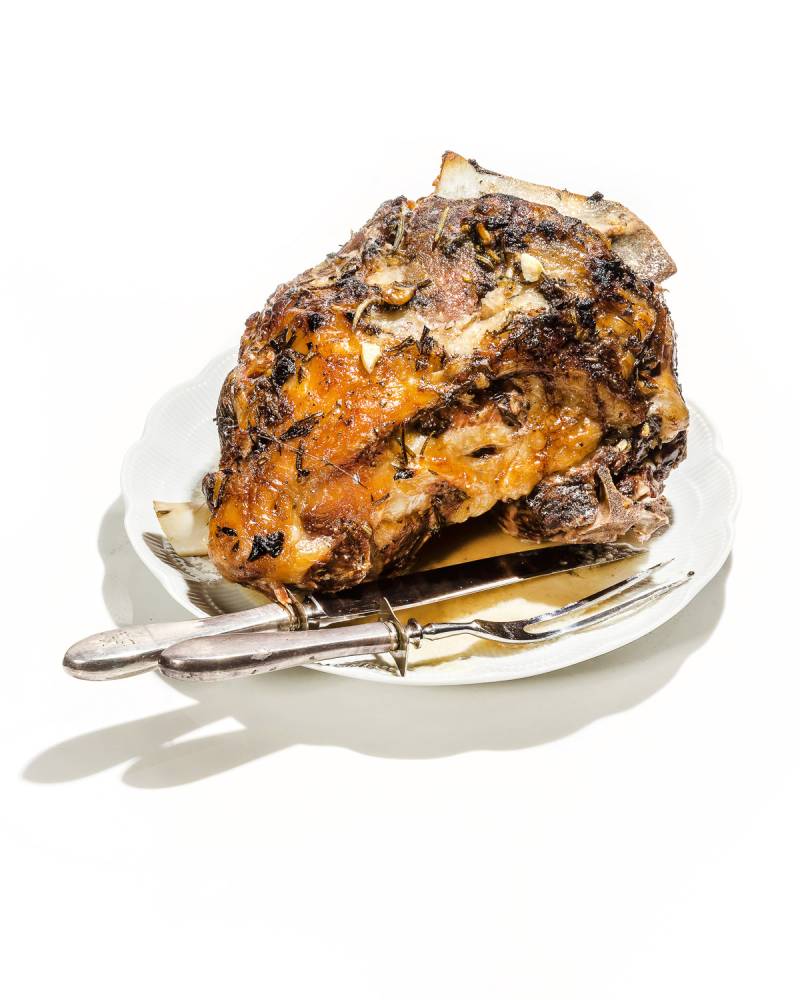When considering the great grape varieties of the world, Cabernet Sauvignon is, to misquote the old cliché, the elephant in the winery. Virtually no other red grape is as familiar or widely known. According to Food & Wine, Cabernet Sauvignon forms the backbone of some of the most familiar and exciting wines in the world. Here are some facts about the wine.
What Is Cabernet Sauvignon Wine?
Cabernet Sauvignon is the name of a grape variety that has left an indelible mark on wines across the globe. As a solo performer, it is responsible for varietally labeled wines from Sonoma and Napa Valley, Argentina, Chile, Israel, Australia … the list goes on. Name a major wine-producing country or region, and chances are producers there are growing and bottling Cabernet Sauvignon. It also serves as an excellent blending partner: In Bordeaux, for example, Cabernet Sauvignon is the key to Left Bank blends, playing an important role in the wines of iconic estates like Château Margaux, Château Latour, and others. For all of that fame, however, Cabernet Sauvignon is also responsible for more affordable wines, too: Great Cabs and Cab-based blends can be found for less than $20. The versatility of Cabernet Sauvignon is remarkable.
Where Does Cabernet Sauvignon Wine Come From?
Cabernet Sauvignon is produced in a huge range of countries and wine regions. Fortunately, Cab is also well-suited to a relatively broad range of micro-climates and terroirs, which means that growers and producers around the world have found success with it. There are, of course, certain standout regions for Cabernet Sauvignon, and no two are more well-known than Napa Valley and Bordeaux. In Napa, producers leverage warmth and abundant sunshine to create Cabs of power, generosity, ripe fruit, and depth. Many of the top California Cabs are varietally labeled, meaning that only Cabernet Sauvignon appears on the bottle (though in many cases, a small percentage of other grape varieties, up to 25%, can be blended in).
Many of the most prized cult wines of Napa, like Harlan Estate, Screaming Eagle, and more, are built on a backbone of Cabernet Sauvignon. For some consumers, names like Silver Oak, Caymus, Alpha Omega, and others are inextricably linked to their primary grape variety. In Bordeaux, especially on its Left Bank, Cab is often used as the main component in blends, typically alongside some combination of Merlot, Cabernet Franc, Petit Verdot, and Malbec. Château Lafite-Rothschild, Château Mouton-Rothschild, and more are dominated by the grape variety.
In general, the Cab-based blends of Bordeaux tend to be less ripe and powerful than their Napa Valley counterparts, with more cedar, graphite, and occasionally herbal notes thanks to the cooler and more maritime climate. In other countries around the world, producers leverage their unique growing conditions to craft Cabernet Sauvignon-based wines that express their particular patch of the planet.

Why Should You Drink Cabernet Sauvignon Wine?
It's virtually impossible to avoid Cabernet Sauvignon, especially given its popularity among grape growers, winemakers, retailers, and sommeliers. Still, it's important to realize that Cabernet Sauvignon expresses itself in unique ways depending on where it's grown. Cabs run the gamut from ripe and powerful to more herbal and savory, depending on which one you taste.
Still, there are characteristics to look for across the board, and many of them are responsible for the grape's popularity. Cabernet Sauvignon, in general, is a wonderful food pairing partner at the table. Its higher levels of tannin and its ability to express oak aging make it a perfect accompaniment to meat; from grilled beef steaks and lamb chops to roasted duck, savory stir-fries, and more, Cab pairs beautifully with so many entrées. Salmon, especially if it's spice-rubbed or joined by an assertive sauce, proves that red wine and fish can play well at a meal. It also works with many cheeses, especially hard cow's-milk cheeses, and it can even frame chocolate dishes … just make sure to avoid overly sweet chocolates, which will likely make the tannins in the Cabernet Sauvignon taste distractingly bitter.
Given the elevated levels of tannin, it's generally important to make sure a bottle or glass of Cabernet Sauvignon gets enough oxygen, which will help it open up and more fully express its potential. To accomplish that, consider decanting your bottle of Cab — most people tend to decant only the oldest or most expensive red wines, but even a modestly priced Cabernet Sauvignon will likely benefit from a stint in the decanter — or serving it in large wine glasses and swirling vigorously.
Collectors, of course, clamor for the world's top Cabernet Sauvignon-based wines. Many of them represent not just part of a collection, but also investments. Marquis-name Cabs, like Don Melchor, Jordan, Scarecrow, and anything sourced from the Beckstoffer To Kalon Vineyard, often get pride of place in wine cellars and on restaurant wine lists. And while there are plenty of Cabs that are intended to be enjoyed in the short-term (the increasingly popular wines aged in bourbon barrels are a good example), others have the ability to age and mature for decades. There is nothing, it seems, that Cabernet Sauvignon is incapable of.
What Does Cabernet Sauvignon Taste Like?
Cabernet Sauvignon tends to showcase currants, cherry and brambly berry liqueur, and, if it's been aged in new oak, aromas and flavors of vanilla and chocolate. It's also common to find hints of cedar, pencil led, minerals, sweet spice, and if it's been grown in a cooler climate, more vegetal notes like bell peppers, sage, or chamomile. Cabernet Sauvignon boasts more assertive tannins than Merlot and a denser texture and weight than Pinot Noir. It can also accumulate enough sugar during the growing season that alcohol levels climb to 15% and beyond, especially from sunny regions and in hot vintages, though plenty of Cabs have less. Given this range of characteristics, Cabernet Sauvignon is best enjoyed in a large wine glass and at slightly cooler than room temperature. Warm Cabernet Sauvignon, as is the case with most richer red wines, will taste cooked or stewed if served too warm.
Five Great Cabernet Sauvignon Wines
There are countless great Cabernet Sauvignon wines on the market today. These five producers, listed alphabetically, are a perfect way to start exploring all that Cabernet Sauvignon has to offer.
Cade Howell Mountain Cabernet Sauvignon
One of Napa Valley's most prestigious Cab producers, Cade crafts standout Cabernet Sauvignon vintage after vintage.
Château Margaux
Ranked as one of the four First Growths in the 1855 classification (there are now five of them; Château Mouton-Rothschild was elevated in 1973). Château Margaux produces a Cab-based red grand vin of elegance, complexity, spice, and longevity.
Chateau Ste. Michelle Cabernet Sauvignon
Chateau Ste. Michelle produces a wide range of Cabernet Sauvignon and Cab-based blends. In general, they are accessible, fairly priced, and perfect examples of what makes Washington State so exciting for Cab.
Errazuriz Max Reserva Cabernet Sauvignon
Grown in the Aconcagua Valley of Chile, the Errazuriz Max Reserva proves that age-worthy Cab doesn't have to cost a fortune.
Yalumba Cabernet Sauvignon
Australia is home to Cabernet Sauvignon-based wines that range from $10 to hundreds. Yalumba's Y Series Cab is priced to enjoy everyday, and their Signature Cabernet - Shiraz blend is more suited to special occasions — there are other Cab-based options, too — but in general, Yalumba is a great choice for consumers looking to explore what Australian Cab has to offer.
Read Also: Germany Agrees To Return Looted Artifacts To Africa




